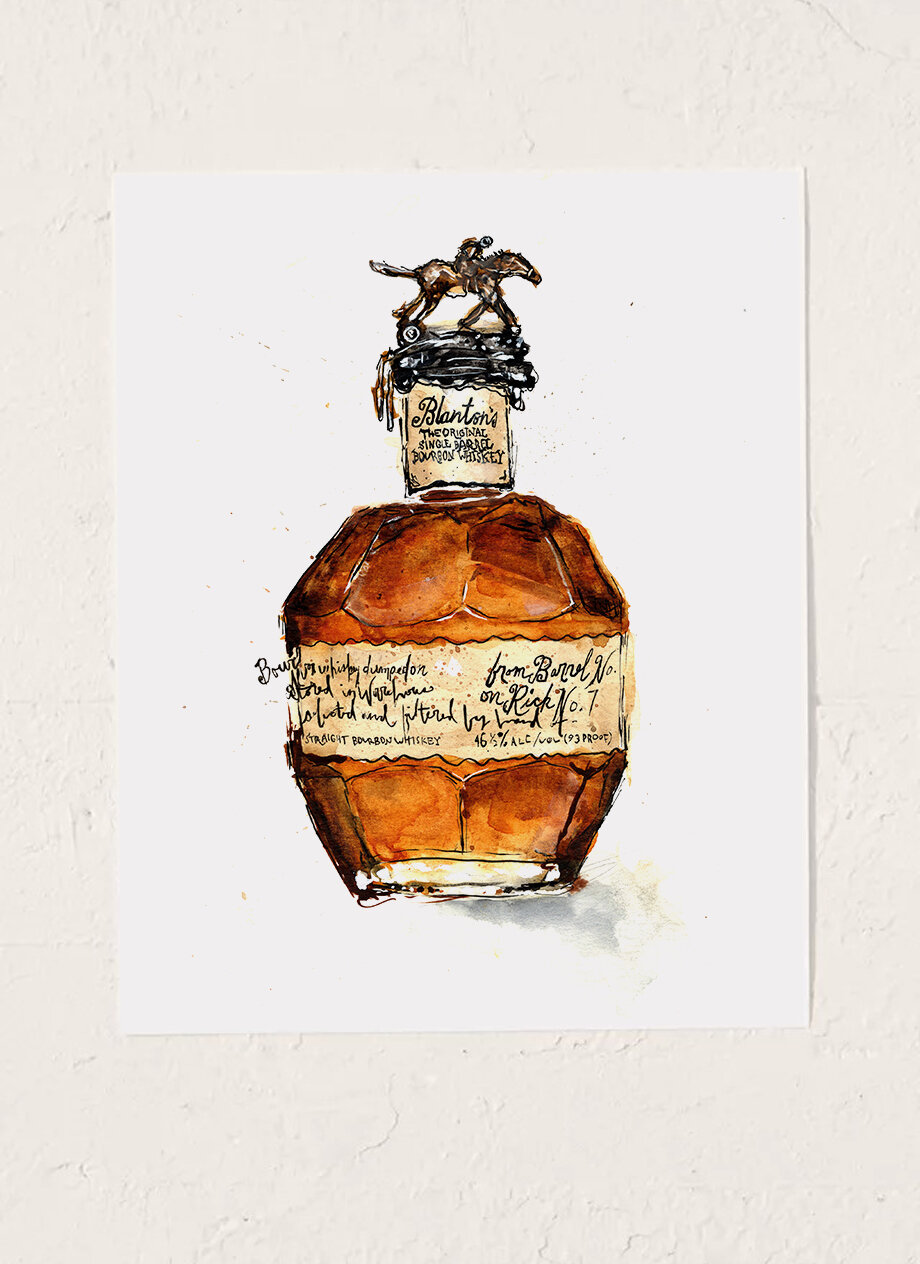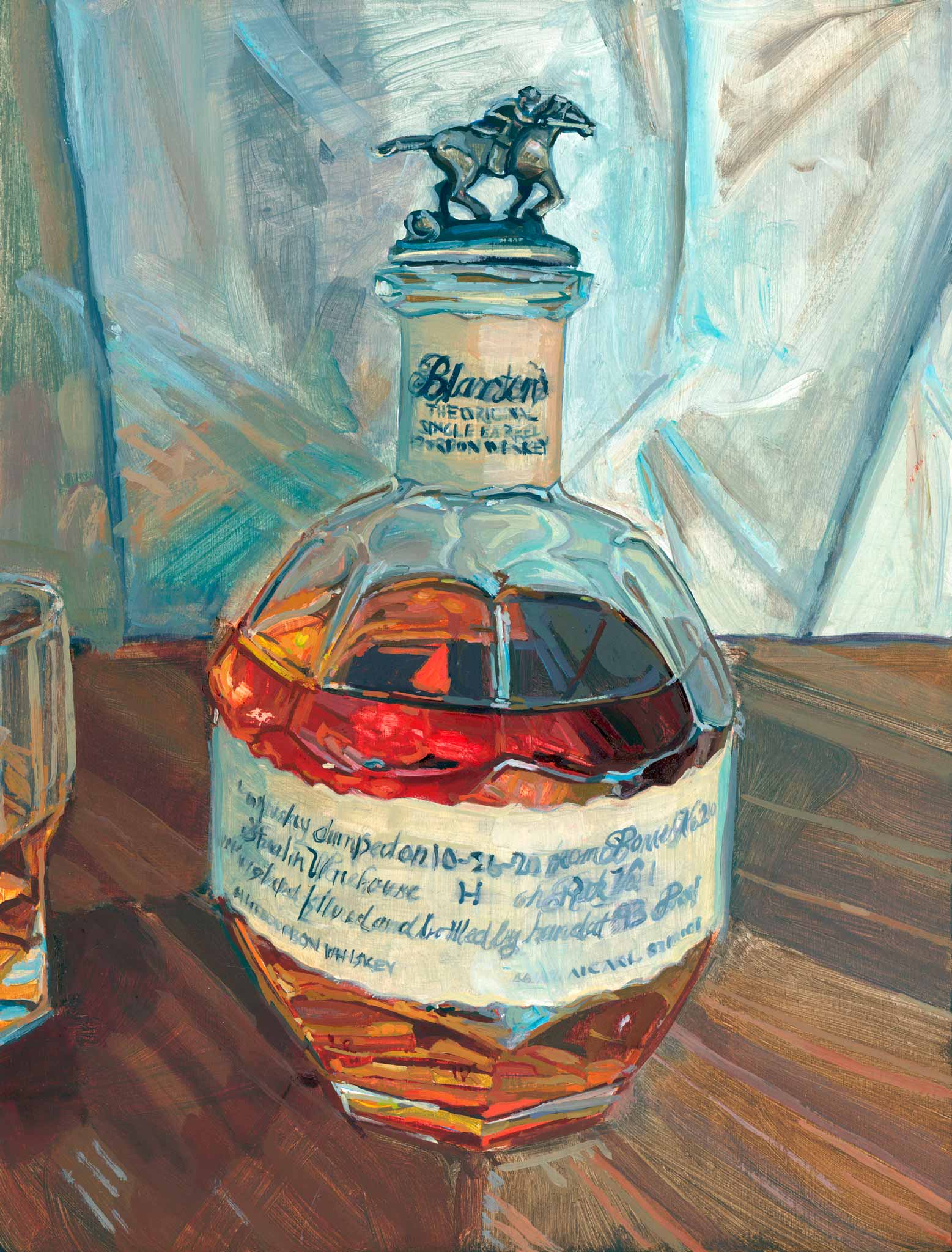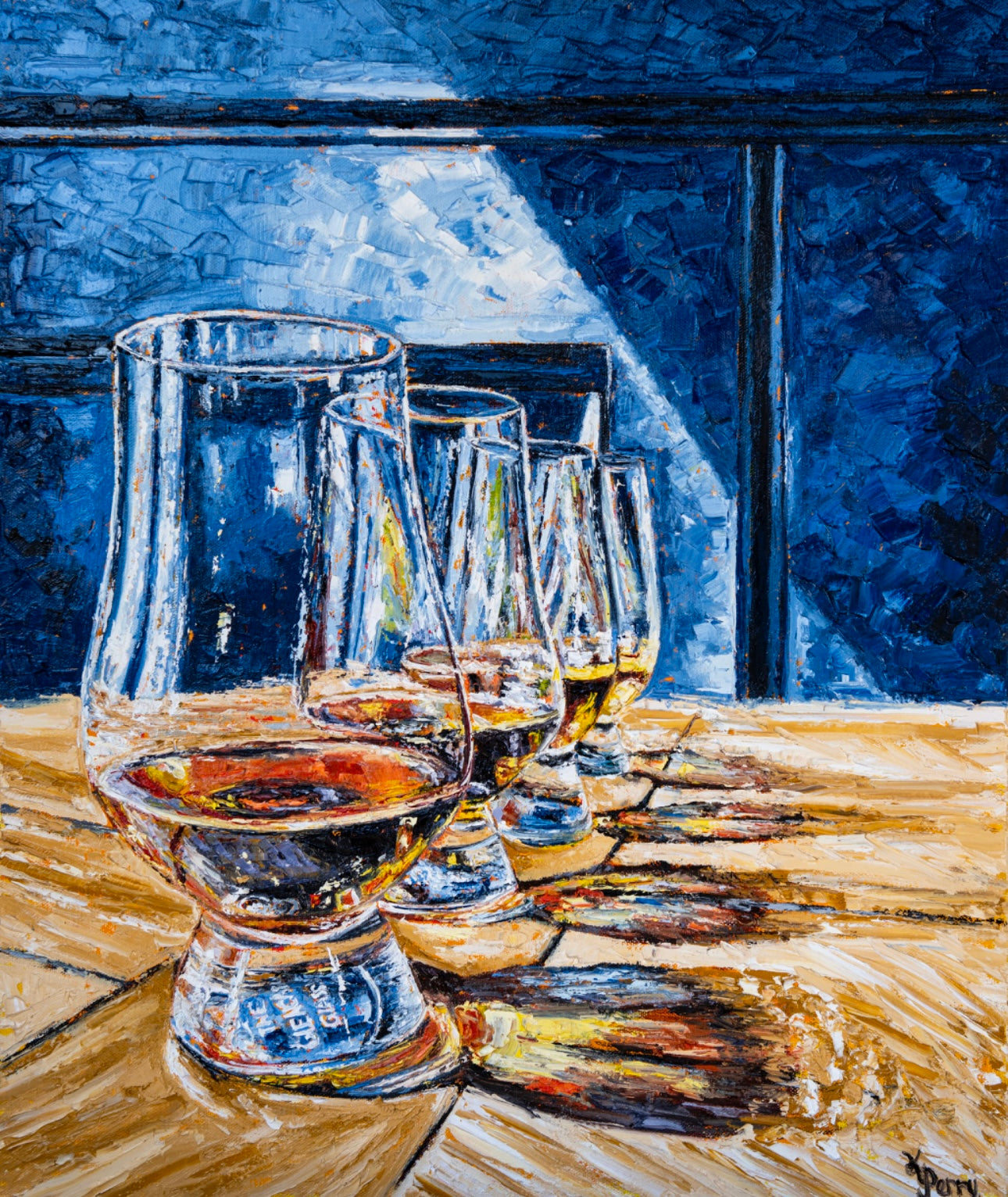The Value of Whiskey Art in Celebrating Heritage and Craftsmanship in the Beverage Sector
The intricate connection between scotch art and the celebration of heritage and craftsmanship within the beverage industry can not be overemphasized. Through attentively developed containers and labels, scotch brands encapsulate their historical roots and the artisanal skills that specify their manufacturing techniques. This creative dimension not just improves market charm but also functions as an avenue for cultural storytelling, promoting a deeper connection in between the consumer and the craft. As we check out the various elements of this subject, appealing questions regarding the effect of modern-day patterns on typical practices emerge, prompting more exam.
The Historical Origins of Whiskey
At the heart of scotch's appeal exists a rich tapestry of historic roots that trace back to ancient human beings. The origins of bourbon can be linked to the purification techniques of the Sumerians and Babylonians around 2000 BCE, where early forms of fermented grain drinks began to emerge. It was in the Center Ages that the art of purification evolved significantly, specifically in Ireland and Scotland, leading to the creation of whiskey as we understand it today.
The term "whiskey" itself originates from the Gaelic word "uisce beatha," implying "water of life." This phrase highlights the social importance of whiskey in Celtic cultures, where it was commonly associated with routines, celebrations, and communal bonding. By the 15th century, purification came to be a recognized craft within monastic areas, leading the way for the establishment of legal distilleries.
As profession courses increased, bourbon's popularity expanded, transcending regional borders and recording the passion of connoisseurs worldwide. Limited Edition. This historical trip reflects not only the workmanship behind whiskey manufacturing however also its essential role in social and cultural contexts, marking it as a substantial beverage throughout background
Artistic Expression in Branding
Whiskey branding stands as an engaging junction of virtuosity and business, where visual identity plays a crucial role fit customer understanding. The appearances of scotch labels, packaging, and advertising products reflect not just the brand name's tale however also its core values and heritage. Via imaginative expression, distilleries convey a story that resonates with customers, evoking emotions and sparking links.
Making use of color, typography, and images in branding offers to differentiate products in a saturated market. Typical concepts may evoke a sense of authenticity and workmanship, while modern layouts can symbolize development and forward-thinking. This tactical creative instructions improves brand acknowledgment and commitment, permitting customers to forge an individual relationship with the scotch they choose.
Moreover, creative expression in branding commonly works as a celebration of regional heritage. Distilleries frequently integrate regional signs or historic referrals into their designs, developing a local color that welcomes customers to take part in a wider cultural experience. Inevitably, the creativity behind whiskey branding not only improves visual allure but additionally improves the general story of the brand name, cultivating a much deeper admiration for the workmanship and heritage embedded in each bottle.
Craftsmanship in Container Style
The artistry obvious in whiskey branding expands past aesthetic identification to include the craftsmanship involved in bottle layout. Each container acts as a vessel not just for the spirit within, however also for the story it informs about its practice, top quality, and origin. The layout procedure calls for thorough interest to detail, as elements such as form, product, and closure contribute dramatically to the general understanding of the whiskey.
Workmanship in bottle design includes picking premium glass that can improve the scotch's color and clarity, while also providing a responsive experience for the customer. The silhouette of the container should be both visually attractive and practical, typically mirroring the heritage of the brand. Lots of distilleries decide for distinct shapes or printed logos that evoke a sense of authenticity and background.
Furthermore, the label design and typography play a crucial function in view website communicating the brand's narrative. Limited Edition. A well-crafted bottle not only mesmerizes the consumer's eye yet likewise strengthens the brand name's commitment to high quality and custom. In this method, the craftsmanship of container design becomes an essential aspect of the scotch experience, combining artistry with an extensive respect for heritage
Cultural Value of Scotch Art
Celebrating custom and workmanship, the cultural value of scotch art transcends mere aesthetic appeals, linking with the social and historical narratives of the regions from which it stems. Each bottle offers as a canvas, depicting the distinct tales, mythology, and customs that have formed regional whiskey-making techniques. The elaborate layouts commonly mirror the heritage of the distillers, incorporating symbols and themes that reverberate with the culture and values of their communities.

In enhancement, scotch art plays an important duty in communal events and events, offering as a tangible link between people and their shared experiences. By valuing the creativity in scotch product packaging, consumers cultivate a much deeper understanding and respect for the craft, eventually enhancing their pleasure of the drink itself.
Modern Trends in Scotch Discussion
Recently, the presentation of bourbon has actually advanced to show contemporary tastes and fads while still recognizing standard craftsmanship - Bourbon Art. Distilleries are increasingly concentrating on aesthetic components that enhance the overall alcohol consumption experience, linking the gap in between heritage and modernity
Ingenious container designs have arised, typically incorporating sustainable products and creative labels that tell engaging tales. Lots of brands currently work together with regional musicians, instilling their items with distinct visual expressions that resonate with consumers. In addition, limited-edition launches are usually packaged in collectible containers, including value and charm for aficionados.

Conclusion
In verdict, whiskey art offers as an essential channel for expressing the heritage and workmanship intrinsic in the drink market. With detailed branding, cutting-edge container designs, and culturally substantial artistic aspects, scotch brand names efficiently recognize their customs and connect with consumers.


Craftsmanship in container layout includes picking top notch glass that can improve the whiskey's color and quality, while also giving a tactile experience for the customer. In this means, the workmanship of bottle layout ends up being an essential element of the bourbon experience, combining creativity with an extensive respect for heritage.
In conclusion, whiskey art serves as an important conduit for sharing the heritage and craftsmanship inherent in the drink industry.